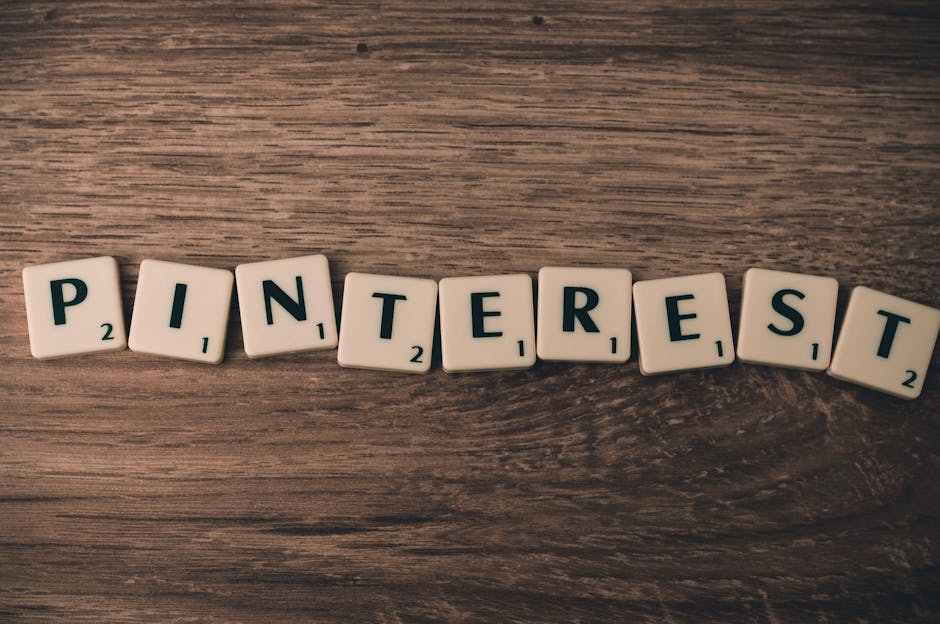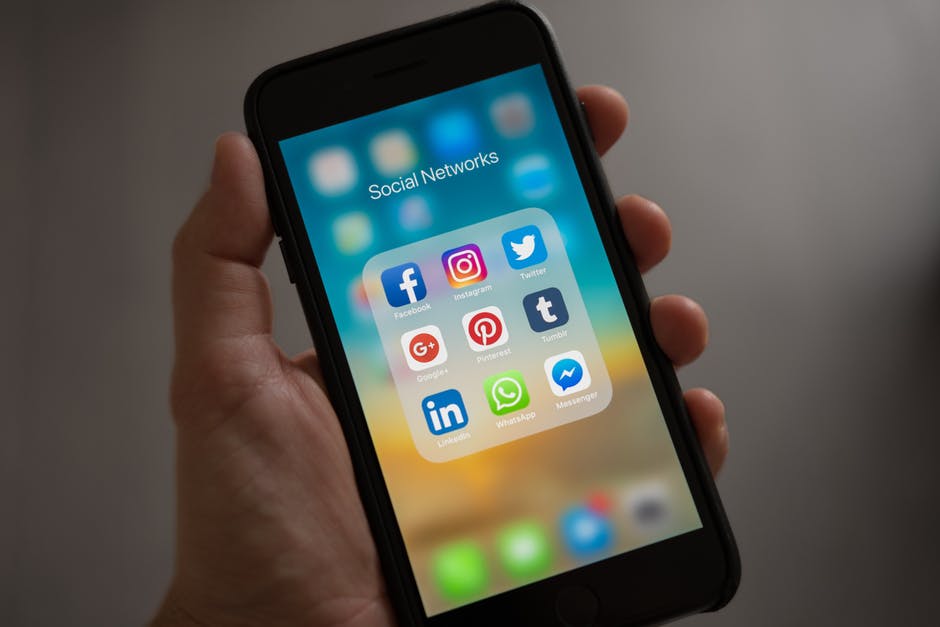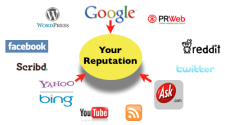Pinterest is an often-underutilized social media platform that is perfect for artists and creators. Many creative small businesses that sell on Etsy, Redbubble, Zazzle, or a Shopify site may find that many more people are pinning images of their products to Pinterest that are buying the goods. This is because Pinterest is best known as a home for dream boards and inspiration pictures, as an aggregate for literally any image a user wants to post from across the web. However, this wishful thinking can be used to your advantage – and with a combination of direct customer outreach and Pinterest’s built-in sales tool, it could be the key to growing the cache and clientele of your small business.
There are two primary categories of creative small businesses that we will cover today: goods producers and service providers. Goods-producing businesses are those that, as the name implies, create physical or digital goods, which a consumer can purchase and own. This is the category that most people think of when they imagine a creative small business. Sellers on Etsy, or any online site, fall under this category.
As a producer of for-sale products, the first thing to do is create a Pinterest business profile and post images of your products. Find all the pictures you have that are good representations of what you provide, and turn them into pins. The key is to be prolific but selective. Make sure that your product pins are focused, clear, and well lit. Images with sharp focus, natural white light, and a clean background are more likely to be pinned. This is because they are more aesthetically pleasing and allow focus to go to the featured product, not the messy room in the background. Using “Rich Pins” or “Buyable Pins” allows you to maintain up-to-date pricing and purchase information for your products, without constant maintenance. Once all your products are up, try adding some images of your workspace and you at work. It helps give a picture of your business as a small endeavor and helps humanize you to your potential customers.

When pinning your products, it is important to make multiple boards. It is easy to pin all your images to one board and be done with it, but this format can be overwhelming for visitors to your page, as they must continuously scroll to find all your products. The solution is to divide your products up into categories – most often by product type or theme. If you make greeting cards, you could have a “Holiday” board, a “birthday” board, and a “Kids”. These distinctions make it simple to know where to pin each image. Additionally, it’s ok to post the same product to multiple boards. If you, the card maker, have a “Happy Fifth Birthday” card, it would clearly belong on both the “Birthday” and “Kids” Board. If you have been featured on any blogs or online publications, it is also helpful to create a “Press” board dedicated to pin from those sites.
Once all the products are pinned, you should begin to follow people in your industry. If you know the big names in your field, it is worth it to check whether they have Pinterest. Often, people like designers will have boards where they post their own inspiration, images of their own work and the work of others. By following people in your field, you are more likely to appear on their radar and get their follow – or business – in return.
For service providers, what to pin on Pinterest boards can be a bit murkier. Even if you don’t have a specific good up for sale, you are still selling something: what you, as a service provider, can give to a potential client. An excellent example of a provider of creative services would be an interior designer. The designer should begin with pictures of rooms they have designed or sketches they have made. Just like with products, these should be pinned across different boards, such as “Bathroom,” “Bedroom,” or “Cozy Rooms.” And since you are selling services, not goods, you can also create your own inspiration boards where you pin products or images from other sources. If the pins are consistent with your aesthetic, the sky is the limit on what you can pin. Just make sure that any photographs you post from other people are clearly marked as someone else’s work.
The final key to beginning a successful Pinterest campaign is interacting directly with people who express interest in what you do. This is easily done with a cursory keyword search for your brand name. Once you have found those pins, go through and click on every picture that shows your products – these could be re-pinned from your own Pinterest, or taken from another website altogether.
Next, look at the accounts that have pinned your work. The benefit of this is twofold. One, you can see other types of things the people who like your work are interested in. This could help inform both who you target with your products, and what other products you might want to sell. And two, you can get a feel for whether they are someone you would want to be connected to your work based on their pins and followers. Users with a high number of followers – generally in the tens of thousands – are known as “Influencers” or “Micro-influencers”. If you follow them, they may not notice, as they have so many other followers already. However, you can comment on their pins to foster more personal relationships with the people who like your work. Write a short and friendly comment, expressing your appreciation that they like your products. Based on their pins, you can also determine if there is another product on your page they might like. This draws them back to your Pinterest page, making it more likely that they will follow you, increase your visibility, and drive up sales.
If you’re interested in utilizing social media marketing to grow your business, working with a professional can make all the difference. Whether you need a consult with someone to handle basic management of social media channels, getting the assistance, you need will lead to more conversions. Professionals can add a lot of value to a Pinterest campaign by adding anything from a polished message or incorporating local SEO to your small business efforts. The most important thing is you get started, so don’t procrastinate on your social media efforts.
















